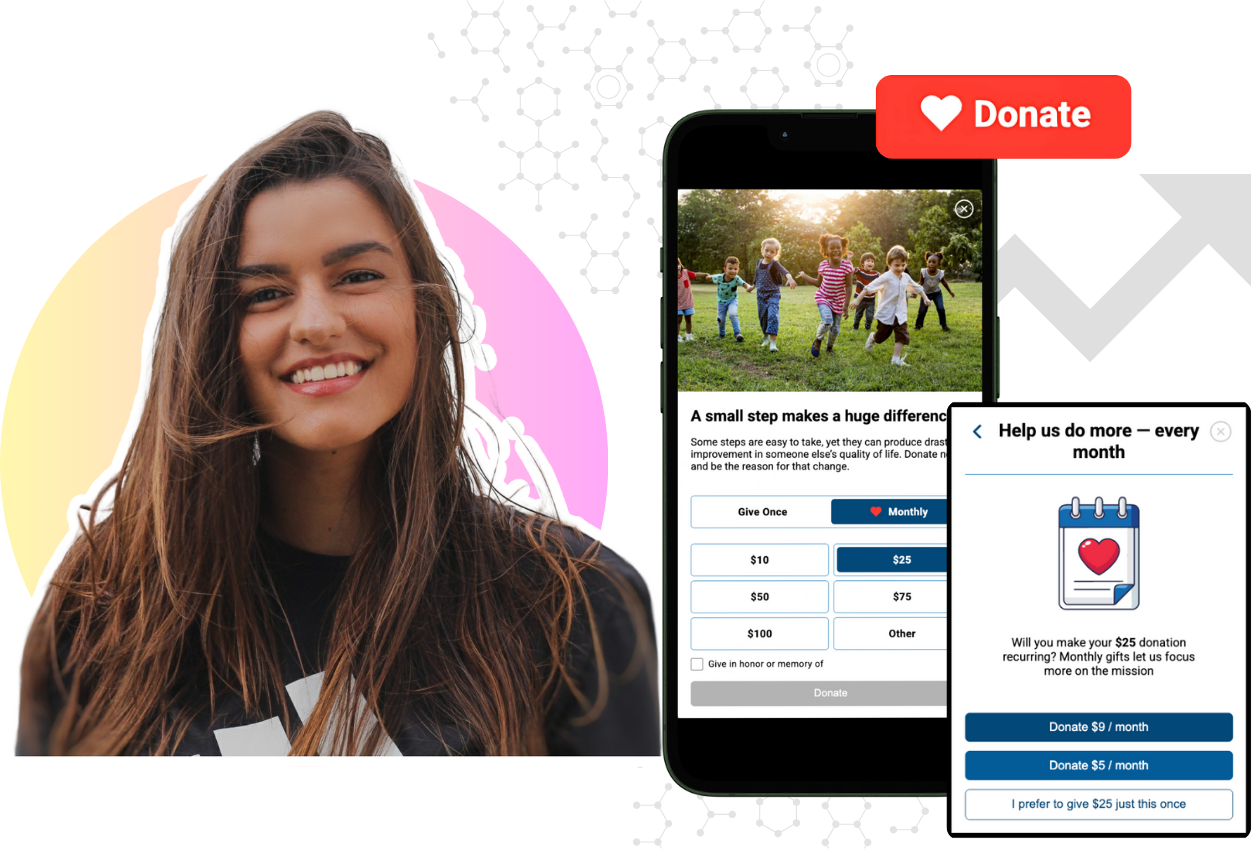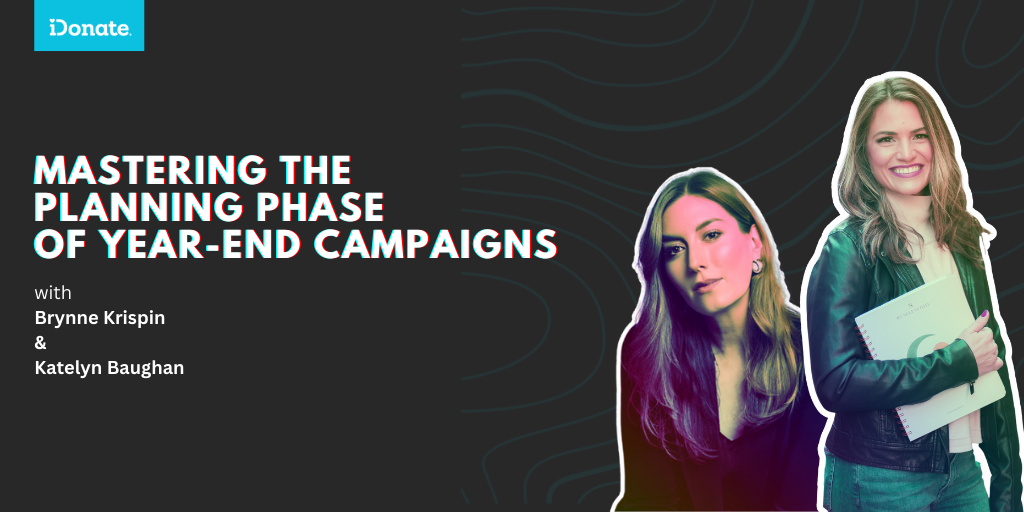Understanding Year-end Giving to Start the New Year Strong
As 2021 comes to a close, taking stock of what you have accomplished all year is important.

Mobile-First Pop-Up Donation Form
Launch mobile-first pop-up forms in minutes, use built-in tools to capture more donations, and optimize the giving experience—no dev team required.
New to online donation pages for your nonprofit? Start here.
Donation page A/B testing - no science degree needed.
Keep your donation page loading fast - and drive higher conversions.

The 4 Types of Online Donation Experiences
89% of donors leave without giving. Learn how to use the right donation form to close the gap and boost conversions.

The preparation and execution of year-end fundraising efforts can be exhausting. Direct mail, email, social media campaigns, events, etc. — each tactic was important and was hopefully successful. Now that the calendar has turned to January, the tendency I have seen is that fundraisers want to take a break.
The rationale is that your donors gave so much at year-end they likely aren’t going to give again in January and they are probably tired of hearing from you anyway. The term “donor fatigue” has probably been used in your office this month. I say that because I have been in your shoes and I have used the term myself.
I want to challenge that idea, though. Rather than pulling back on donor communication and assuming that giving will be down in January, I want to challenge you to lean into donor communications this month. January and February present a huge opportunity for your organization to fully connect donor gifts with your mission on a greater level.
The collective data from iDonate’s clients in 2021 illustrates my point. More donations and revenue were processed in December than any other month, followed by November—just as many would assume. The third best month across our platform was, you guessed it, January. This finding totally flies in the face of the logic that so many fundraisers use as an excuse to reduce communication in January.
To make the most of your donor communications in the months of 2022, we recommend the following approach:
Thank Your Donors
The highest priority is for you to show your donors how much you appreciate them. Saying thank you well is vital to developing long-term donor relationships. Don’t simply thank donors for giving, be sure to connect their gifts to impact. Thank them for changing lives.
For Example:
Thank you for feeding children last year with the Child Hunger Fund. Because of donors like you, thousands of children had full stomachs and experienced full joy — many for the first time. Your generosity changed lives.
Show Impact
Throughout January you should communicate to donors the impact that their giving had in the previous year. Remember, your donors give because they care about the outcome and you need to show them that their gifts produced the change they hoped to create. Use imagery on your website, in emails, and in social posts that connects donors to the work that their gifts accomplished. Provide data to show the impact as well. Infographics that display the various aspects of your work allow donors to quickly see the way their gifts were used to create change in the world.
Many organizations will produce an annual report this time of year. Unfortunately, many spend too much time focused on graphs and stats about the amount of money raised and how it was spent. Those are important details for some donors but they shouldn’t be the focus of an annual report. Instead, I encourage you to produce an impact report—a piece that communicates the impact that your donors had. Stats about the number of people reached are great but your donors crave personal connection. Individual stories about lives will be most effective.
Cast Vision
Cast a vision for the upcoming year and invite your donors to be part of it. Your donors give because they believe in your mission. January is the time to remind them of that mission, cast a vision for how you will accomplish that mission this year, and then ask them to give in support of that mission.
These three areas should be the focus of your early 2022 donor communications. When executed well, your donors will feel valued by your organization, they will understand the impact their past giving has had, and they'll be excited about an opportunity for even greater impact in the coming year.

As 2021 comes to a close, taking stock of what you have accomplished all year is important.

Year-end campaigns that fall short aren’t because the graphics aren’t pretty, or the theme isn’t catchy, it’s usually because they aren’t planned...

If you’re trying to choose between two different taglines, value propositions, or ways of presenting your impact to donors this December, don’t...